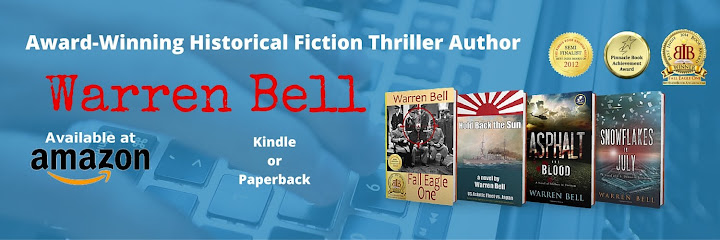 |
Photo: http://law.uark.edu/library/
|
During my education, I was taught very well how to diligently use these resources. I learned to love libraries early on. In those days, we had card catalogs organized alphabetically by topic and numbered with the Dewey Decimal System (DDS). The DDS number pointed us directly to the right gallery and place on the shelf. I’ll never forget how I wandered the aisles of the massive University of Arkansas for the first time. I was awed by the vast amount of information on diverse subjects immediately available. I still do quite a bit of library research. When looking for technical or geographical detail, I find it easier to take notes from a book. I’ll also confess to doing the same thing in bookstores, especially when a new book contains only a small amount of information that I need. Unless one writes about current events, libraries are also a good place to locate historical newspaper copies.
I wrote an earlier blog post about the importance of eyewitness interviews. It’s hard to beat getting history “directly from the horses’ mouth.” Finding people with the right experience is the challenge.
Erwin Rommel had a favorite saying: “Nothing is as important as going and seeing for yourself.” It applies equally to writing as to war. Personally viewing geography helps tremendously in descriptive composition. The same holds true for other physical items. My visits to the National Air and Space Museums and RAF museums in England helped tremendously writing my soon-to-be-released second novel Hold Back the Sun. I find the Smithsonian museums in Washington beyond price as sources.
The Internet provides almost instant access to much of the research information for which we used to have to dig hard, but not all. If you want true authenticity in your work, don’t fail to avail yourself of the more traditional resources.
Note: My current novel, Fall Eagle One, a novel of World War II, is currently available for Kindle or in paperback from Amazon.com.


